Long before your favorite beer reaches a tap or bottle, beer is an agricultural product. From the Mid-Atlantic to the Arizona desert, craft beer is at the center of the “going local” movement that extends far beyond the breweries themselves.
[newsletter_signup_box]
“People want to know and should know where their food, including beer, comes from,” says Tom Barse, the owner and brewer of Milkhouse Brewing in Mt. Airy, Maryland, one of the brewers grasping the trend. “In addition to helping us make the best beer possible we are putting money right back into our local farms.”
Josh Chapman, the co-owner and brewer of Black Narrows Brewing in Chincoteague, Virginia, echoes the same idea: “Beer is a culinary experience. When I was a chef I learned to use the best local ingredients.”
Barse and Chapman are on the front line of an emerging movement to unite grain and hop farmers, malthouses, universities, and brewers “going local,” serving the blossoming growth of small, community breweries across the country. This nascent infrastructure is sprinkled with creative brewers, startup malthouses, farmers looking for diversity and willing to take a chance, and even persons promoting heritage grains and hops.
(VISIT: Find a U.S. Brewery)
Maryland Beer Agriculture

Making Barse and Chapman’s vision easier is the growth in the support infrastructure of craft brewing in Maryland and Virginia. Maryland now has two new craft malthouses, Dark Cloud Malthouse and Chesapeake Malting; Proximity Malt is also just across the border in Delaware. Each of them is working with farmers to increase the acreage for malting barley and farmers are doing so. There are also three major new hop growers totaling over 32,000 hop bines, a University of Maryland program testing various species of hops and barley from around the world, and Flying Dog, a brewery testing the university’s hop harvest.
Barse describes his brewing as “making plain beers with local ingredients so that you can taste what those ingredients are all about.”
All of the Milkhouse beers are at least 80 percent brewed with Maryland grown and malted ingredients and three beers hit 100 percent with three others at 99 percent. The list of locally sourced ingredients, in addition to hops and barley, wheat and rye grains, includes wildflower honey grown at their farm, a spate of local fruits and herbs including chamomile, and wine barrels from a Maryland winery. Barse and Head Brewer Brad Humbert also have been experimenting for three years with wild, native Maryland yeasts to complete the cycle of localized brewing ingredients. Taking multiple yeast samples from the bark of trees on the farm, Barse relates that “Some were truly terrible but at least one is quite promising.” The brewery is on virtually every list of the best farm-to-glass beers in North America.
” … making plain beers with local ingredients so that you can taste what those ingredients are all about.” Tom Barse, Milkhouse Brewing
Maryland Malted Barley
Lindsay Thompson, the executive director of Maryland Grain Producers, says that “one of the primary limiting factors for growing malting barley in the state has been the availability of local maltsters.” That’s beginning to change. Maryland Eastern Shore farmer Bobby Hutchison has been growing feed barley for 43 years and says “There simply was not a market before for malting barley.” He planted 100 acres last year and is growing 225 acres this year with plans for 400-500 acres because, he says, “Malting barley is much more cost-effective.” Feed barley, while easier and less expensive to grow, pays about a quarter to a third of what malting barley pays.
Jason Scott, also of the Eastern Shore, similarly has been growing malting barley for five years, starting with 85 acres and this year is planting 200 acres. On the Western Shore, which does not have the sandy, well-draining soil preferred by barley, things are less rosy due to the disastrously wet spring, but Justin Brendel is planting 40 to 50 acres to give malting barley another chance. Many farmers are reticent to change their standard plantings after generations of family planting traditions, but they lately are becoming more willing to consider switching for increased diversity as well as the enhanced revenue.
Maryland-grown Hops
Growing hops, like growing malting barley, is not easy and very dependent on soil and weather. In addition to numerous small growers such as Milkhouse with one acre of hops, there are three new large farms under hops. In each case, they are part of a move to crop diversity.
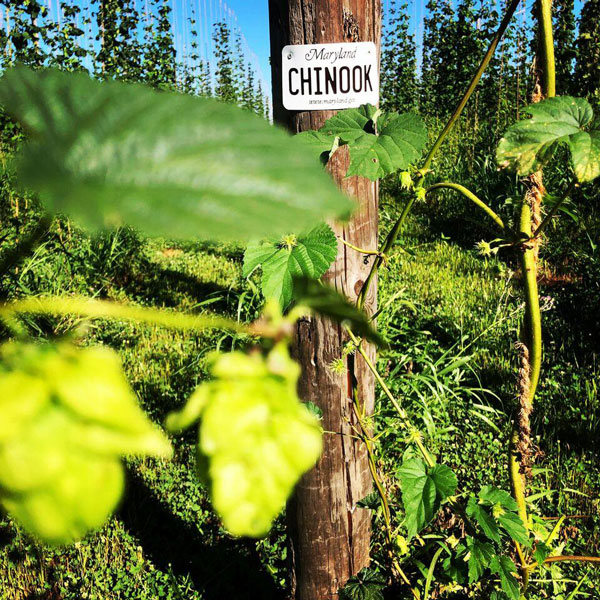
Big Truck Farm started hop growing by realizing the paucity of hop acreage on the East Coast and the exploding growth of new breweries. Koby Fulks, the co-owner, relates that “Demand is up. Brewers are learning to use local hops and appreciate them more.” Fulks has eight acres with 14,000 plants including Chinook, Cascade, Southern Cross, Newport, and a proprietary hop that is resistant to dewy mildew disease. He hand delivers the hops and is price competitive with West Coast hops.
Dan Carroll started Pleasant Valley Hops on three acres of his family farm and now has 13 acres and 12,000 bines in seven varieties. His hop harvest last year was sold out within two weeks of harvest and “sent away more buyers than I sold to.” This year he is being contacted even before the season. Carroll notes that “The Maryland beer industry is waiting for the hop industry to catch up.”
(READ: Wisconsin Brewers Bring Rare, Unusual Beers Back to Life)
Maryland Researchers and Brewers Partner to Test Ingredients
A University of Maryland program is also testing various species of hops and barley from around the world. Flying Dog Brewery is working with researchers to test the university’s hop harvest, brewing with them as the final test.
The University of Maryland program, operated by Brian Butler, the Principal Agent for Maryland’s College of Agricultural and Natural Resources (AGNR), says “for hops and barley we do the whole review including economics, pest management, fertility, harvest dates, and post-harvest handling and then make it all available.” The horticulture is done at the university and then sent to Flying Dog for brewing evaluation. This year Butler will be growing two wild hop varieties, one called Catoctin Heritage, that have been grown on Maryland farms for over 100 years each and testing them for viability. The most exciting barley they are trying is Synergy, a spring barley. Flying Dog and AGNR even distribute their “Maryland Hop Growers Guide” detailing the hop analyses, brewing results, and a guide to growing hops.
Ben Clark, the Flying Dog brewmaster who runs the brewery’s hop tests using local grain and malting, says “Our goal is to give feedback to farms and brewers.”
The test results are being extended as the hops have changed character between years one and two and usually hit their stride in year three. Hops showing promise include the Serbian hop Vojvodina, Southern Cross (NZ), Southern Brewer, and Canadian Red Vine. Between the two years, one hop variety flavor evolved from onion and garlic to tropical fruit, another from melon and mint to tropical and citrus, and a third went from pine resin to pine, spicy, and citrus.
Virginia Agriculture and Research Communities Localize Beer
Across the shared Potomac River boundary, Virginia echoes the situation in Maryland in many ways. It has Murphy & Rude Malting, a startup malthouse which opened this past February. Jeff Bloem, the founder/maltster, says that in addition to existing breweries he is “getting lots of calls from people who want to open a brewery and others who want to grow grain” and that “farmers are much more open to conversation about growing malting barley than they have been in the past.”
Bloem notes that it takes a network. He has six to seven farmers supplying grain and is slowly bringing along others, but it is not always easy. One farmer even stopped growing Calypso barley because his wife was allergic to it.
Bloem works intimately with the breweries to meet their specialty malt needs. He notes that “It’s easier for breweries with a local supply chain.” All his customers are returning.
Bloem’s grain future is partly dependent on Wade Thomason, a professor and grain specialist at Virginia Tech University. Thomason is in charge of a barley breeding program that dates back to the early 1990s to increase genetic diversity. He has brought in winter barley, which thrives in the region, from all over the world. Breeding takes 10 years.
Thomason expects to have new varieties “specifically grown and selected for Virginia” in two years. One brewer told him that he charges $0.25 more for each pint brewed with Virginia grains and hops and when the customers ask why the higher price he explains to them “It’s because it’s brewed with Virginia grown barley and hops,” and he said, “It’s magic!” Thomason also observes that the Craft Maltsters Guild has played a crucial role in communicating between the research universities, the farmers, and the breweries and that, for Virginia’s beer infrastructure, “The next thing needed is hops.”
(READ: Women Flourish in Atlanta’s Craft Beer Scene)
Virginia-grown Hops
Holly L. Scoggins, an associate professor at Virginia Tech, oversees the university’s research on hops. She relates that “Virginia is similar to other neighboring states — small hop yards at farm breweries or demo yards at regular breweries, a few farms with multiple acres that are developing processing facilities, and a few good growers that are selling all their hops fresh each year.”
One of those hop growers is Dixon Leatherbury, owner of Seaside Hops and recently elected president of the Old Dominion Hops Cooperative, who started planting hops five years ago he says, with a smile, “in a moment of weakness.” After his joking, he admits he was looking into grain farming when a friend convinced him that “hop farming is the future.”
Leatherbury notes that hop character is different on Virginia’s Eastern Shore than in the Pacific Northwest, partly because of the longer length of day and partly because of terroir. He started with three-fourths an acre and now has 2,500 bines of 12 hop varieties on 2.5 acres. Leatherbury knows of about 50 other Virginia hop growers, mostly with less than one-half acre.
Yeast Cultivated in Virginia
While Black Narrows brewer Josh Chapman does not have an oak tree like Barnes to harvest yeast from, he certainly makes do. “Making do” to Chapman means taking some of the famous Chincoteague oysters, putting them in wort and then taking the resulting mixture to Jasper Yeast in Dulles, Virginia, which opened about two years ago and specializes in wild yeasts. Owner Jasper Akerboom, a microbiologist, isolated two pure strains that have become the only yeasts used at Black Narrows. One is a spicy, salty strain and the other is a fruity, floral strain. Chapman is growing his own hops and just planted three acres each of Violetta and Calypso 2-row barley. Every house beer except one IPA uses all-Virginia ingredients.
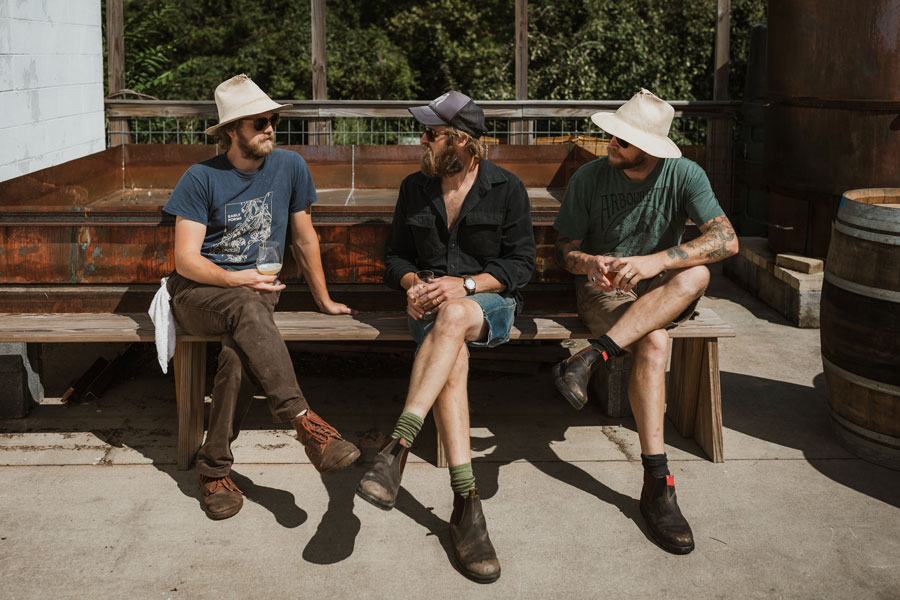
Van Carney and his two brothers operate Pen Druid brewery in Sperryville, Virginia, one of the very few breweries in the country that solely rely on wood fires for their brewing. Carvey says that “We brew with a very strict adherence to tradition like in the old days in Germany, the UK and Belgium.” They focus on the terroir of Virginia’s Rappahannock area including local organic wheat in every beer, local sorghum, local hops, local honey and fruits, and yeasts collected on the brewery’s outdoor coolship. Carvey proudly states that “Brewing is a pursuit that is lifegiving. It’s a living, breathing thing.”
(READ: What’s Old is New: Coolships in U.S. Brewing)
Growth of Craft Maltsters
Finding a metric to measure the growth of brewing infrastructure is potentially fraught with peril. One that has reasonable validity is the increase in the number of craft maltsters, those of between five and 10,000 tons annually, who primarily serve craft brewers.
In 2014, the first full year of operation, the Craft Maltsters Guild had 25 regular members. In 2018, just four years later, that number has grown by over 250 percent to 64, with an additional 21 members in various stages of development.
Brent Manning, the president of the Craft Maltsters Guild, notes that “We have even seen a lot of members from typically non-barley growing areas such as Oklahoma and Arizona.”
Oklahoma, where the ” … waving wheat can sure smell sweet” is understandable, but Arizona? Yes, Arizona! It’s certainly not only canyons and deserts.
Arizona Agriculture Adapts to the Dry Climate
If one of the barriers to growing malting barley in a state is local malting, then Arizona is definitely starting on that path. Sinagua Malting in Cape Verde, Arizona, opened about eight months ago in the Grand Canyon State with a dual purpose and integral support from the Nature Conservancy. It is helping farmers grow a viable crop while also reducing water consumption for irrigation from the Verde River during the peak use summer times.
Still in its infancy, Sinagua co-founder Chip Norton is working with the Conservancy and farmer Zach Hauser demonstrating that malting barley can be successful in the Verde Valley, and perhaps elsewhere in the state with 15,000 farmers.
Switching from corn production, which has a demanding summer water need, to barley, which has spring water demand, has made a dramatic increase in the water flow of the Verde River when it is most needed. The Conservancy calculates the effort has increased the Verde’s flow by 47 million gallons last June, which is typically the time of year when the river is at its lowest and saving water is most critical. Head Brewmaster Preston Theony of Wren House Brewing in Phoenix says “The Verde River is the lifeline of Phoenix.”
Hauser is growing malting barley on 144 acres and Norton expects Verde Valley barley acreage increases to 300 to 400 acres in five years and 600 acres in 10 years. The Verde Valley is fairly consistent with mostly hot and dry summers. The lack of moisture and bugs reduce the risk of growing problems. Sinagua is currently producing about 13 tons of base pale malt per month and hopes to increase that soon by about 50 percent and perhaps add a Pilsner malt. Norton has a waiting list for the malt and says “There is way more demand than capacity.”
“Our customers say they can taste the difference.” Preston Theony, Wren House Brewing
Part of that demand are a number of breweries with slogans like “Local ingredients, Arizona beer (Sedona Beer Company, Sedona),” “Finely Crafted Beer with Arizona Roots (Wren House Brewing, Phoenix),” and “A mission in which highlighting Arizona’s agricultural community is a root cause (Arizona Wilderness, Gilbert),” all of which use Sinagua malt when it is available. Carly Jones of Arizona Wilderness says, “Our customers are highly focused on our ‘Local First’ philosophy.” Wren House Brewmaster Theony notes that “Our customers say they can taste the difference.”
Another grain option multiple Arizona brewers are using is Sossaman Farms Grain R&D program which focuses on a spate of heritage grains. Travis Tolmachoff, who self-describes his role as “I do everything,” notes that “Finding varieties of grain that are drought tolerant are the key to growing in Arizona.” Among the nine ancient grains they grow are White Sonora wheat that is a favorite of several breweries, different varieties of durum wheat, rye, and two ancient barleys: Bronze Barley from Rome and Purple Barley from Tibet. The different flavors from these grains and the different terroir “creates a product that sets breweries apart from others.” The barleys “do not have the malting quality of 2-row barleys but they have an amazing flavor and intensity and breweries are using them raw as inclusions in their mash.” Tolmachoff sells his heritage grains to more than 15 Arizona breweries.
In addition to using local barley malt when it is available, breweries rely on Arizona’s agricultural cornucopia of fruits, vegetables and foraged plants. This abundance is tapped by all of the mentioned breweries and many others. Arizona Wilderness Brewing’s beer list includes different citrus fruits, Mourvedre grapes, Medjool dates, spinach, pistachios, peanuts and peanut leaves, mushrooms, foraged mesquite pods and sycamore leaves and bark, as well as lactose from Arizona dairymen.
(MORE: Find Seasonal Beers)
Arizona’s Nascent Hop Growing Industry
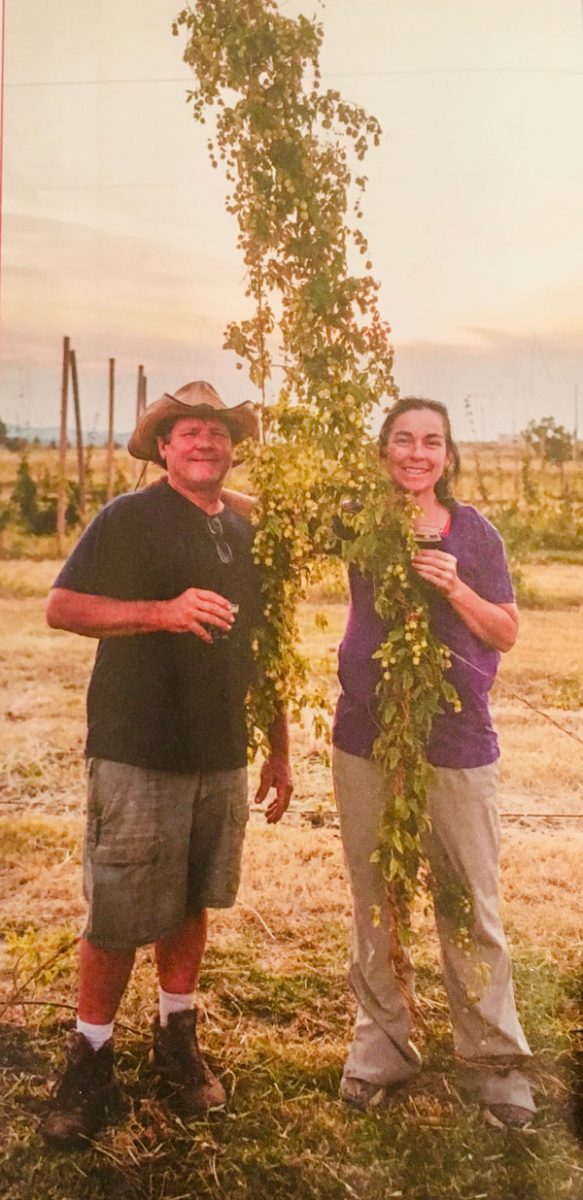
While the demand definitely exists and barley growing and malting is in its infancy, hop growing is barely nascent. Probably the largest grower in Arizona is Copper Hop Ranch, Arizona’s first commercial hop farm starting in 2015. It has three-fourths an acre and 1,300 plants including Cascade, Mt. Hood, Columbus, Nugget, Willamette and Neomexicanus.
Neomexicanus is a wild native variety of hops growing in high mountain areas of the western U.S. They are a different species that the standard Humulus Lupulus variety, are quite hardy, and do well with little water but it currently is unknown how well they will do for brewing. Copper Hop Ranch owner Tom Pyle says his Cascades are doing best. He has his own small brewery on the property, is testing the different hop varieties for their adaptability to his high southern Arizona climate, sells some to local breweries, and hopes to add additional acreage once his budding effort is successful.
One of the tiny group of brewers who have used Neomexicanus to brew a beer is the head brewer at Tucson’s Ten55 Brewing, VJ Vyborny. Vyborny brewed a pale ale using local barley and foraged Neomexicanus hops. He describes the nose as “orange, grass, hay, some earthiness” and the resulting “taste was that grassiness and hay stood out with a midrange alpha bitterness.” It provided such a delightful tasting experience, he tells me he “would definitely use the hop again.”
There are other farmers growing hops but not many. Audra Yamamoto, owner of Granite Mountain Brewing, says “We have two small, local farms that are growing hops for us and we have a few Cascades in our garden.” Because of the paucity of hop acreage, breweries using local hops either use them very rarely or, more often, use the hops for dry hopping. Yamamoto says that “There definitely are insufficient sources in Arizona.”
Clearly, the seeds of beer agriculture have been planted and are growing.
CraftBeer.com is fully dedicated to small and independent U.S. breweries. We are published by the Brewers Association, the not-for-profit trade group dedicated to promoting and protecting America’s small and independent craft brewers. Stories and opinions shared on CraftBeer.com do not imply endorsement by or positions taken by the Brewers Association or its members.
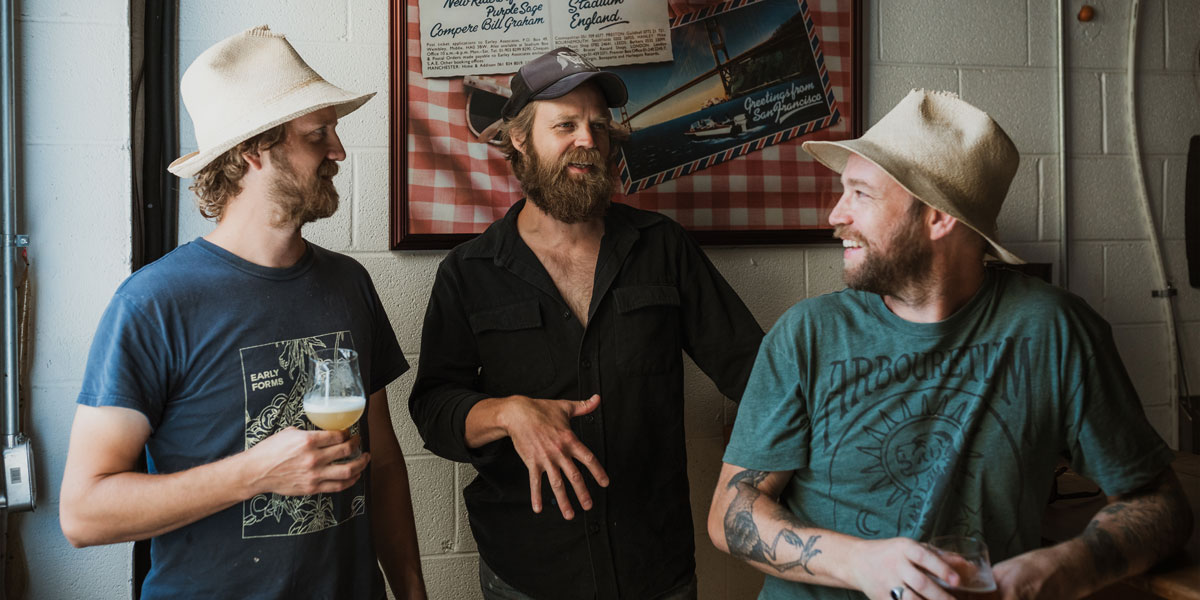
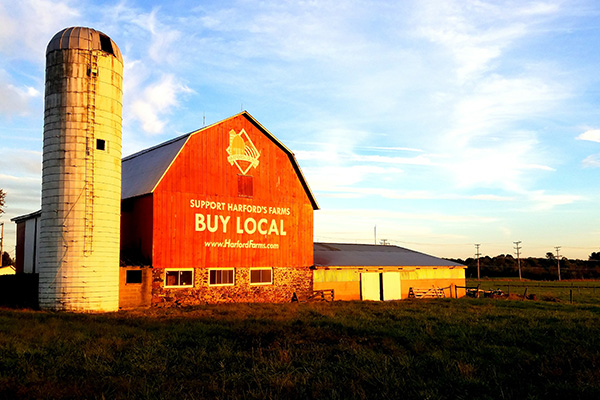
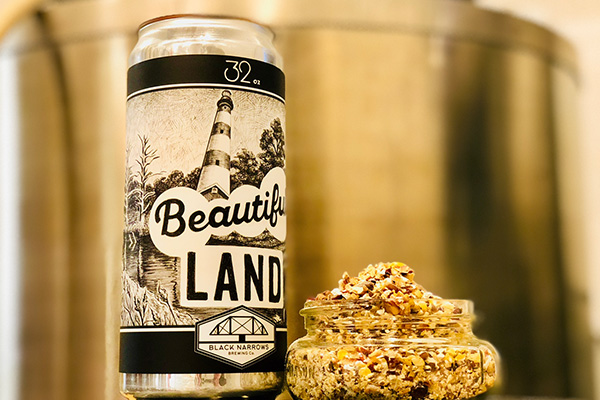

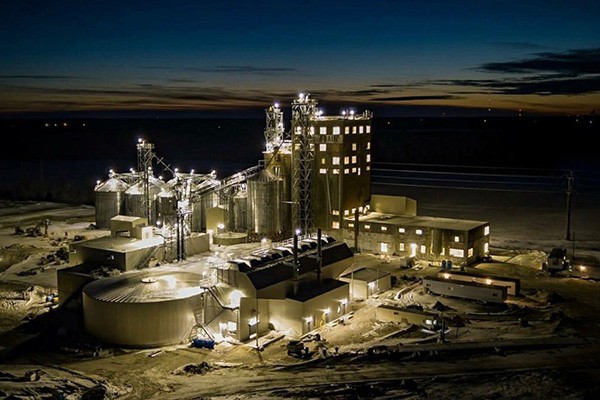
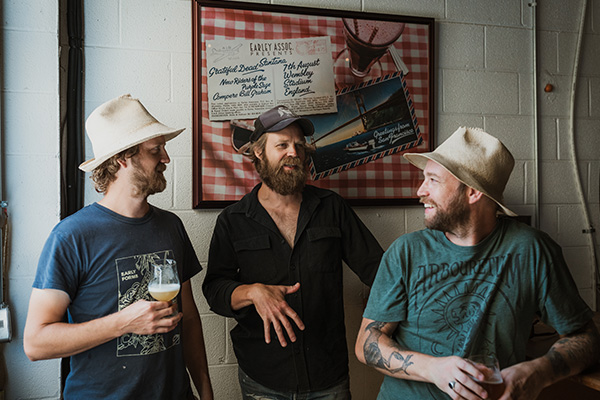





Share Post